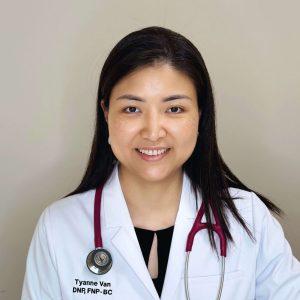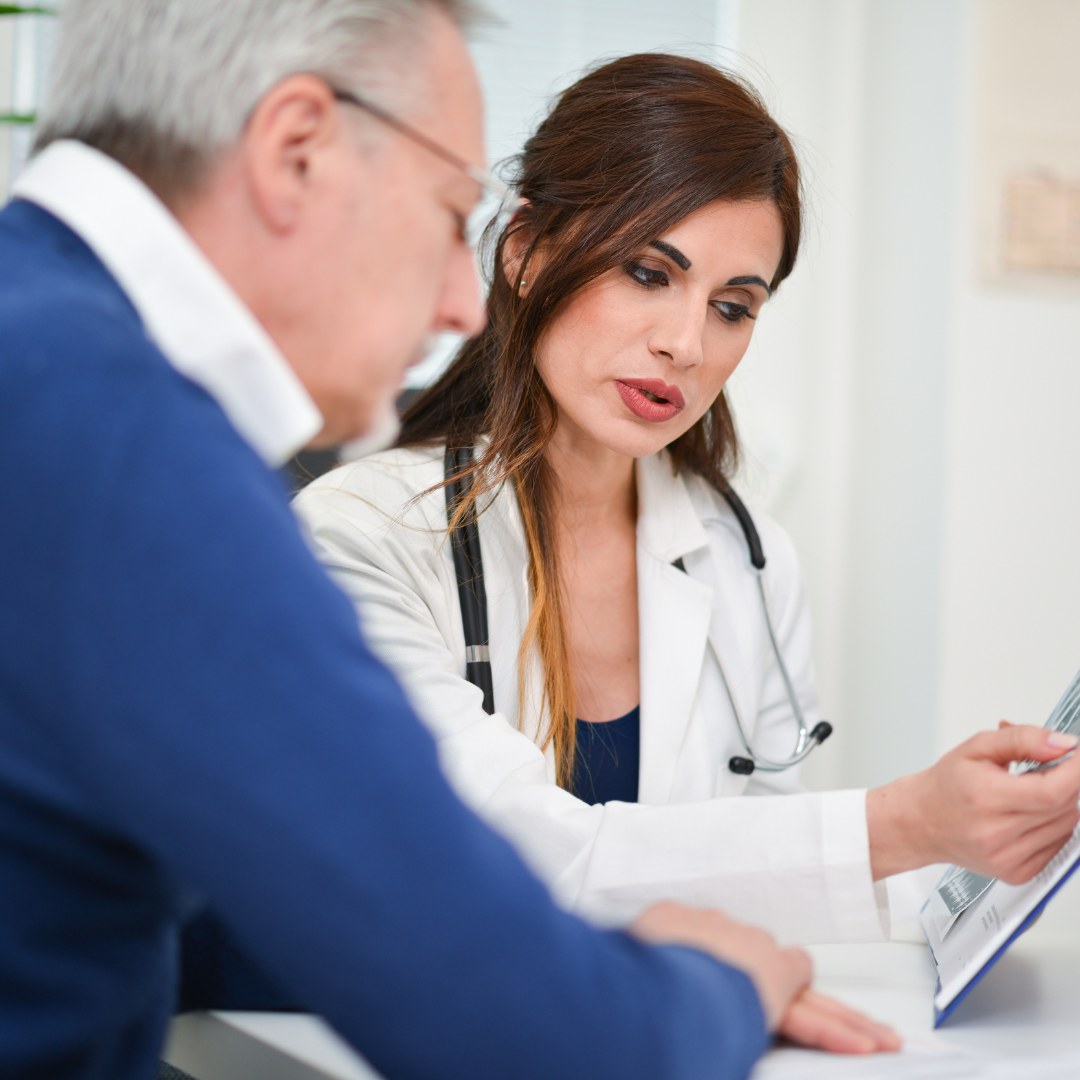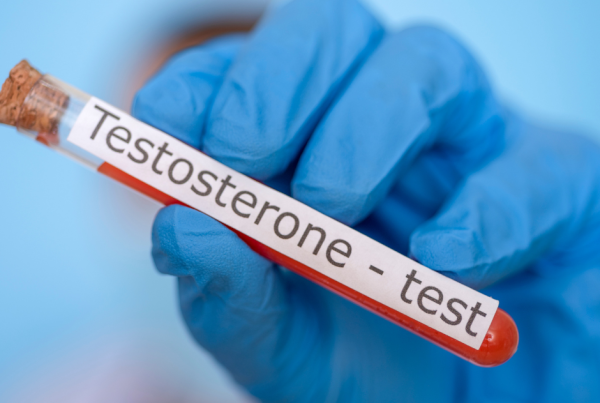Andropause, also known as male menopause or late-onset hypogonadism, refers to a gradual decline in testosterone levels in aging men. While not as abrupt or universally recognized as menopause in women, andropause represents a significant hormonal transition that can impact various aspects of men’s health and well-being. Here’s a comprehensive overview of andropause:
- Hormonal Changes: Andropause is characterized by a gradual decline in testosterone production, typically starting around the age of 30 and continuing throughout a man’s life. Testosterone is the primary male sex hormone responsible for regulating various bodily functions, including libido, muscle mass, bone density, mood, and energy levels. The decline in testosterone levels during andropause can lead to a range of physical and psychological symptoms.
- Symptoms: The symptoms of andropause can vary widely among individuals and may include:
- Decreased libido (sex drive)
- Erectile dysfunction or difficulty achieving/maintaining erections
- Fatigue or decreased energy levels
- Loss of muscle mass and strength
- Increased body fat, particularly around the abdomen
- Changes in mood, including irritability, depression, or anxiety
- Decreased cognitive function or “brain fog”
- Hot flashes or night sweats (less common than in menopause)
- Decreased bone density and increased risk of osteoporosis
- Diagnosis: Andropause is diagnosed based on symptoms and blood tests to measure testosterone levels. However, there is no universally accepted threshold for defining low testosterone levels, as testosterone levels can vary widely among individuals and decline gradually with age. Diagnosis also involves ruling out other potential causes of symptoms, such as thyroid disorders, depression, or medication side effects.
- Treatment Options: Treatment for andropause aims to alleviate symptoms and improve quality of life. Options may include:
- Testosterone Replacement Therapy (TRT): TRT involves administering testosterone through injections, patches, gels, or pellets to restore testosterone levels to a more optimal range. TRT can help alleviate symptoms such as low libido, fatigue, and muscle loss, but it may not be suitable for everyone and carries potential risks and side effects.
- Lifestyle Changes: Adopting healthy lifestyle habits such as regular exercise, balanced nutrition, adequate sleep, stress management, and avoiding excessive alcohol and tobacco use can help support overall well-being and may alleviate some symptoms of andropause.
- Counseling or Therapy: Counseling or therapy may be beneficial for addressing psychological symptoms such as depression, anxiety, or relationship issues that may arise during andropause.
- Medications: In some cases, medications such as phosphodiesterase type 5 (PDE5) inhibitors may be prescribed to treat erectile dysfunction associated with andropause.
- Prevention: While andropause is a natural part of aging, adopting healthy lifestyle habits early in life can help mitigate its impact and delay the onset of symptoms. Regular exercise, a balanced diet, stress management, and avoiding smoking and excessive alcohol consumption can support overall hormonal balance and promote optimal health throughout the lifespan.
- Individualized Approach: Treatment for andropause should be tailored to the individual, taking into account factors such as age, overall health, symptom severity, personal preferences, and potential risks and benefits of treatment options. Consulting with a healthcare provider or specialist in men’s health can help determine the most appropriate course of action for managing symptoms and optimizing quality of life during andropause.
In summary, andropause is a natural phase of aging marked by declining testosterone levels and associated symptoms that can impact various aspects of men’s health and well-being. While it is not as well-defined or universally recognized as menopause in women, andropause represents an important hormonal transition that may require medical intervention to alleviate symptoms and improve quality of life for affected individuals.







